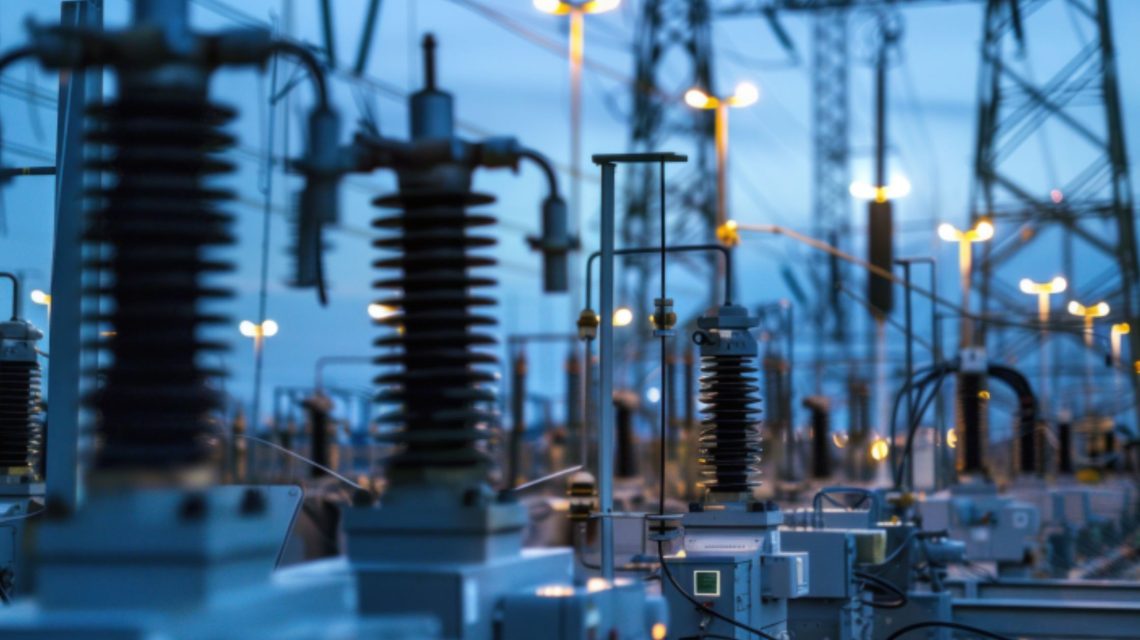Energy security is a critical pillar of India’s economic growth and development. A reliable and affordable energy supply is essential for powering industries, sustaining livelihoods, and improving the quality of life for its citizens. In recent years, India has undertaken significant strides towards enhancing its energy security through a combination of policy reforms, technological advancements, and strategic public-private partnerships. This blog post will delve into the key aspects of India’s energy security journey, exploring the challenges, opportunities, and the role of public-private partnerships in achieving energy independence.
Challenges in Achieving Energy Security
India faces several challenges in its pursuit of energy security:
- Growing Energy Demand: India’s rapidly growing economy and expanding population have led to a surge in energy demand, putting a strain on existing energy resources.
- Dependence on Fossil Fuels: India heavily relies on fossil fuels, particularly coal, for its energy needs. This dependence raises concerns about environmental pollution, climate change, and energy security risks associated with volatile global fossil fuel markets.
- Infrastructure Constraints: India’s energy infrastructure, including power generation, transmission, and distribution networks, needs significant upgrades to meet the growing demand and ensure reliable supply.
- Financial Constraints: Investing in clean energy technologies and upgrading energy infrastructure requires substantial financial resources, which can be a challenge for the government.
Policy Reforms and Initiatives

The Indian government has implemented several policy reforms and initiatives to address these challenges and enhance energy security:
- Renewable Energy Push: India has set ambitious targets for renewable energy generation, including solar, wind, and hydro power. The government has introduced various incentives and policies to promote renewable energy adoption, such as feed-in tariffs, net metering, and renewable purchase obligations.
- Energy Efficiency: The government has launched several initiatives to promote energy efficiency, including energy conservation building codes, energy-efficient appliances standards, and demand-side management programs.
- Smart Grid Development: India is investing in the development of smart grids, which will enable better integration of renewable energy sources, improve grid reliability, and enhance energy efficiency.
- Fuel Diversification: The government is exploring alternative fuels, such as natural gas and biofuels, to reduce dependence on fossil fuels.
- Strategic Partnerships: India is forging strategic partnerships with other countries to secure access to energy resources and technologies.
The Role of Public-Private Partnerships (PPPs)
Public-private partnerships (PPPs) play a crucial role in India’s energy sector. By leveraging private sector expertise, capital, and technology, PPPs can accelerate infrastructure development, enhance efficiency, and promote innovation. Some key areas where PPPs are being leveraged include:
- Power Generation: PPPs are being utilized to develop and operate power plants, including renewable energy projects, thermal power plants, and nuclear power plants.
- Transmission and Distribution: PPPs are being implemented to upgrade and modernize power transmission and distribution networks, ensuring reliable and efficient power delivery.
- Energy Efficiency: PPPs are being leveraged to promote energy efficiency in various sectors, such as buildings, industries, and transportation.
- Research and Development: PPPs are being formed to foster research and development in clean energy technologies, such as solar energy, wind energy, and battery storage.
Success Stories of PPPs in India’s Energy Sector
- Renewable Energy Projects: Several successful PPP projects have been implemented in the renewable energy sector, including large-scale solar and wind power projects.
- Smart Grid Development: PPPs have been instrumental in the development of smart grids in India, with private sector companies playing a key role in deploying smart meters, advanced grid management systems, and other smart grid technologies.
- Energy Efficiency Initiatives: PPPs have been successful in promoting energy efficiency in various sectors, such as the development of energy-efficient buildings and the deployment of energy-efficient lighting systems.
Challenges and Opportunities for PPPs
While PPPs offer significant potential for enhancing India’s energy security, several challenges need to be addressed:
- Risk Allocation: Clearly defining risk allocation between the public and private sectors is crucial for the success of PPP projects.
- Contractual Issues: Ensuring clear and enforceable contracts is essential to protect the interests of both public and private partners.
- Regulatory Framework: A stable and predictable regulatory framework is necessary to attract private investment in PPP projects.
- Transparency and Accountability: Ensuring transparency and accountability in PPP projects is essential to build public trust and confidence.
The Future of Energy Security in India
The future of energy security in India hinges on a multi-pronged approach that includes continued policy reforms, technological advancements, and strong public-private partnerships. By leveraging these strategies, India can achieve its goal of becoming a global leader in clean energy and ensure a sustainable and secure energy future for its citizens.
Conclusion
Energy security is a critical challenge for India, but through a combination of policy reforms, technological advancements, and strategic public-private partnerships, India can overcome these challenges and build a sustainable and secure energy future. By embracing clean energy technologies, promoting energy efficiency, and fostering innovation, India can not only meet its growing energy needs but also play a leading role in the global transition to a low-carbon economy.


